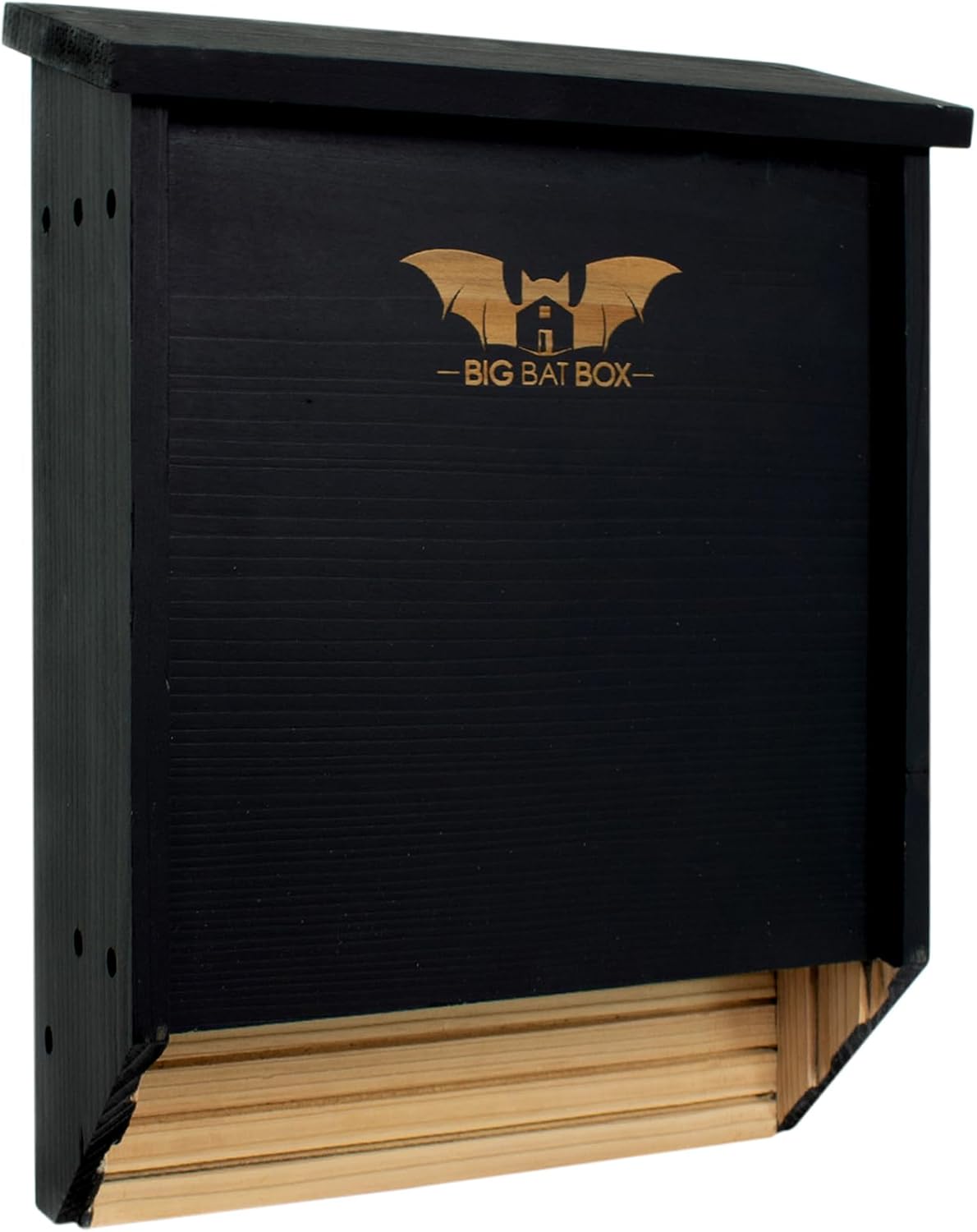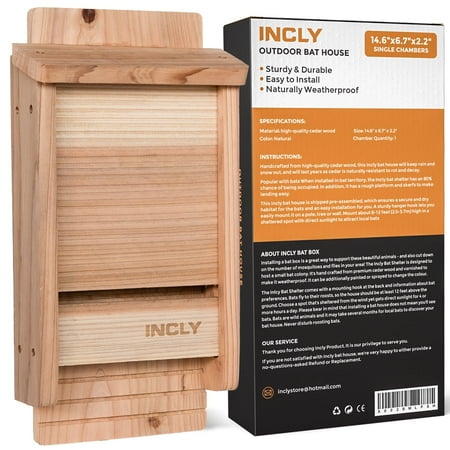This fun yard addition can protect your porch from bothersome bats – it’s simple, eco-friendly, and costs less than $50
Bat houses can offer these creatures an alternative place to set up home

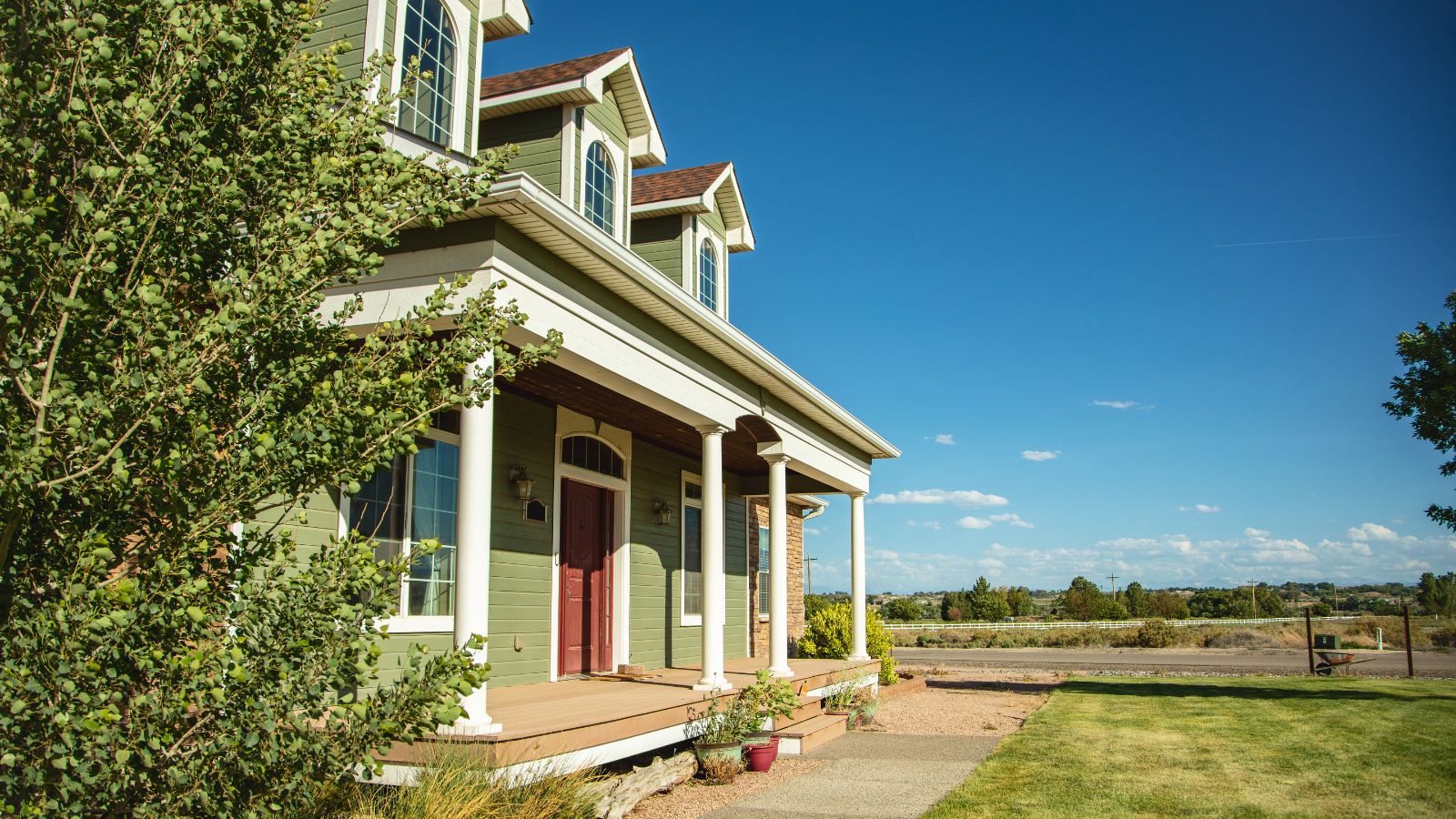
Bats are a bothersome pest as they often make their homes in porches and attics, and are difficult to banish due to legislative red tape. That's why preventing bats from setting up in your property in the first place is vital.
A bat house is a fun addition to any yard, much like this castle-shaped one from Amazon, and along with other prevention measures, can help dissuade bats from picking your home as their next nesting site.
Here, pest control experts explain how bat houses can help avoid this common roof pest infestation, and the important installation tips that could determine your success, including how many to use and where to place them.
How to use bat houses to prevent bats
Having bats in the yard is a sign of a healthy ecosystem, so bat boxes can be a great way to help the environment. However, getting rid of bats in an attic or porch is a nightmare, which is why households are urged to check attics and lofts in October for bats, so preventing them from moving in in the first place is of the utmost importance.
Blocking off access points will help divert them, but there are a few other methods you can use in tandem, including installing bat houses, which can offer these flying pests more suitable nesting alternatives to your home, so long as they are used correctly, experts warn.
Ed Dolshun, VP of business development and technical director at Catchmaster, begins, ‘Bat houses can definitely be of assistance, but much like everything it will come down to timing and placement. Most people think that a bat house is going to attract bats into your yard, which is not exactly right. The goal here is to provide bats that may be around a better place to nest than your attic or porch areas.’
Craig Sansig, service director and public health entomologist at Viking Pest Control, continues, ‘While the installation of bat houses may not prevent your home from becoming a nesting site, they are beneficial, and their installation should be encouraged. Bats will often move their roosting sites in response to changing weather patterns, especially during the high heat of summer. As these roosting locations become too warm, bats will often move to new nesting locations.
Design expertise in your inbox – from inspiring decorating ideas and beautiful celebrity homes to practical gardening advice and shopping round-ups.
'When installing bat boxes, it is recommended that multiple bat boxes be set with differing exposure levels to the sun. This will allow them to move to an alternate location if temperatures warm to inhospitable levels.’
To increase your chances of success when using bat boxes as a natural pest control method to avoid indoor pests, Ed adds, 'Well-thought-out placements will help to ensure the correct conditions are present regardless of season for the bats in your area.
‘When installing bat houses, they should be placed on buildings or poles that predators would find difficult to climb. Multiple bat boxes are also recommended, and they should be placed so that they receive differing levels of sunlight throughout the day.
‘They should not be placed where loud noises or frequent vibrations are common. Bat boxes should also not be mounted where vibration is common, as that may also dissuade their use. Similarly, avoid lighting bat boxes with backyard lighting ideas as this may cause delayed emergence for feeding.’
We have some tips for lighting a garden for wildlife to help you avoid common mistakes that could be intrusive to their routines.
What to shop

This 17x13x4.3in large bat house with a two-chamber design offers an ideal roosting area for bats.
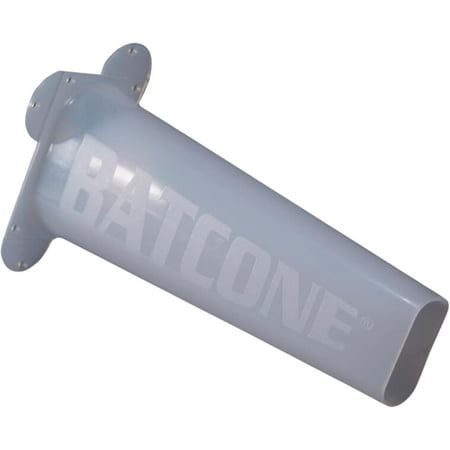
if bats have moved into your attic, bat cones are your best shot at removing them. After sealing up other access points, a cone allows bats to leave, but not get back in.
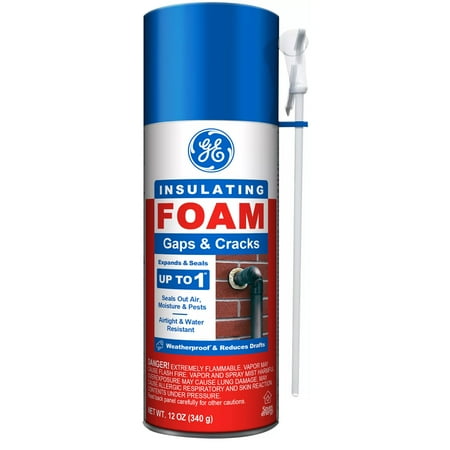
Insulating foam expands on application to fill gaps up to one inch in size, helping to stop bats from nesting in attics and porch roofs.
FAQs
What are the negatives of bat houses?
One of the major downsides to bat houses is how precisely they need to be placed to keep bats healthy. Bat house designs are prone to overheating, leading to bats experiencing heat stress (and possibly killing them). Researching the bat house design before investing can help keep the bats in your yard safe.
How long does it take for bats to find a bat house?
It can sometimes take bats up to two years to start using a bat house if it is in a favorable location. If no bats have started to use the bat house after two years, it might be worth relocating it to see if the area is the problem.
Meet the experts

Ed has over 12 years experience in the pest management industry. Prior to this, he served many years as an Environmental and Regulatory Specialist at Bergen County Community Development and also taught an Environmental Issues course at Fairleigh Dickinson University as part of their Masters of Administrative Science Program.

Craig is an Associate Certified Entomologist, Public Health Entomologist with 23 years professional pest management experience. He holds licenses in eight pest control categories in four states and has been the Service Director for Viking since 2020.
Ed concludes, ‘If you are finding bats inside your home, this is not a viable method for removing them. At this point, you will need to contact a pest control professional.’

Chiana has been at Homes & Gardens for two years and is our resident 'queen' of non-toxic living. She spends most of her time producing content for the Solved section of the website, helping readers get the most out of their homes through clever decluttering, cleaning, and tidying tips. She was named one of Fixr's top home improvement journalists in 2024.
